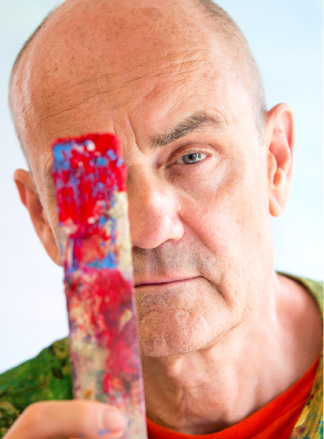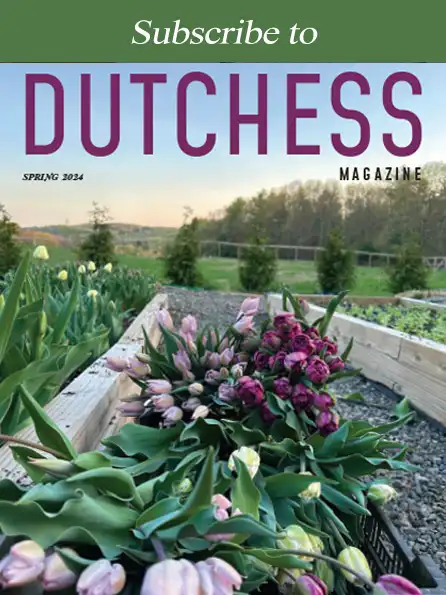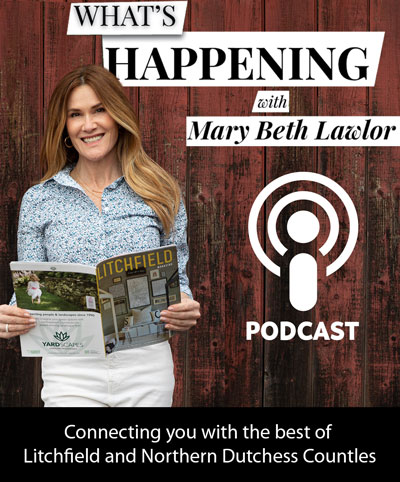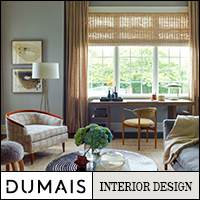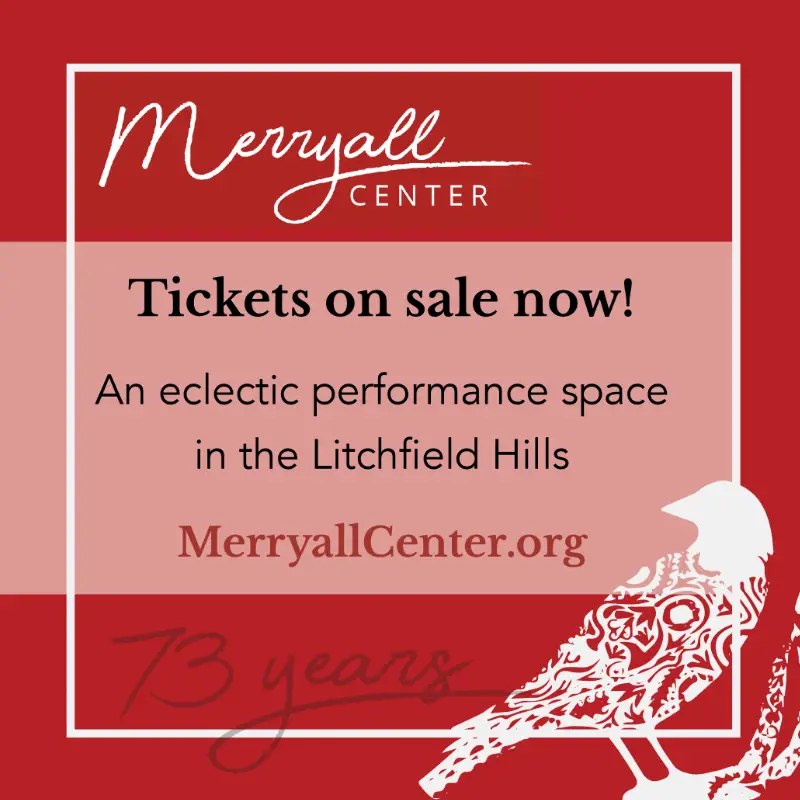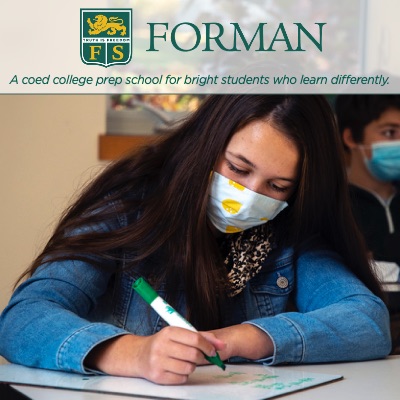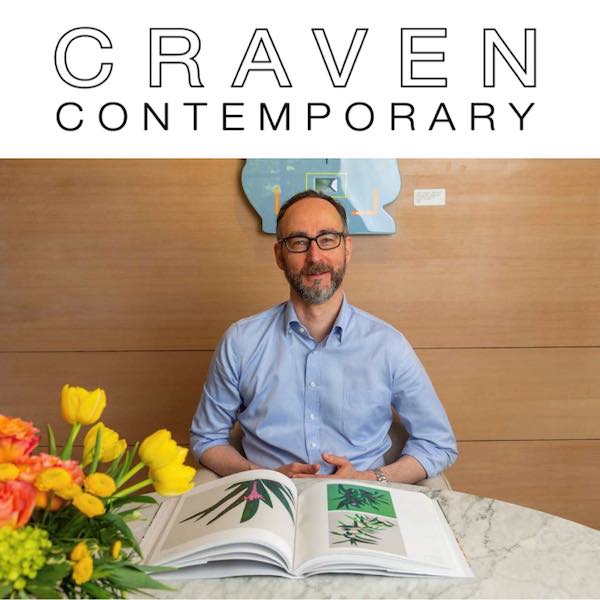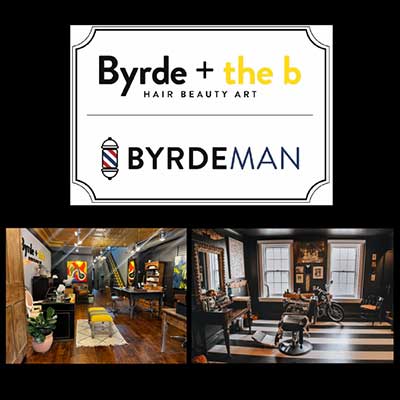Local artist Hugh O’Donnell makes large-scale paintings and designs digital environments recording movements—his belief is that we embody nature as much as we observe it.
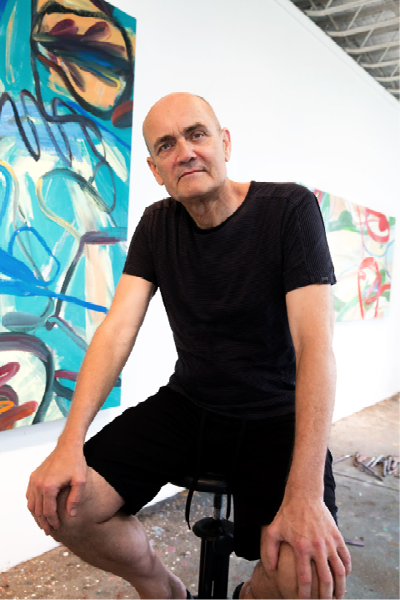
Contemporary artists don’t just make art. Like many other boundary-dissolving, discipline-merging enterprises of the technological age, artists are now entrepreneurs, technology adepts, teachers and collaborators. Hugh O’Donnell is such an artist. As a painter, a digital print maker, a professor and motivator his multi-faceted career has evolved from the mid-1970s when he was a student in England, to teaching at Boston University since 1996, to his home studio here in Washington. He makes large-scale paintings, plans workshops for children and adults, and designs digital environments for corporate, academic and nonprofit organizations. O’Donnell thrives on the intersections of these creative arenas, adroitly breaching the usual boundaries between Humanities and Natural Science.
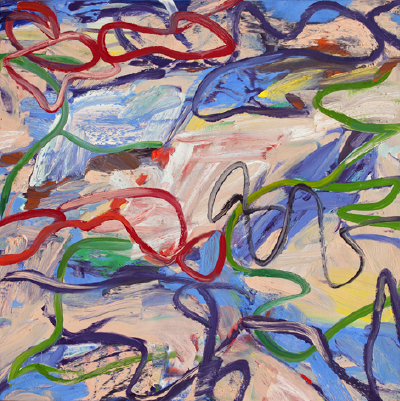
After studying at Camberwell College of Arts in London; Falmouth University in Cornwall; the University of Central England in Birmingham; and the University of Gloucestershire, in 1974, O’Donnell received a Japanese Monbusho Scholarship to study at Shiritsu Geijutsu Daigaku at Kyoto City University of Arts, where his thesis was “Monumental Screen Painting of the Momoyama Period”. This two-year immersion in traditional Japanese art was a seminal influence. The large scale, the abstracted natural forms, the physical assertion of the artist onto the pictorial space, and the temporal aspect of the narrative imagery remain powerful inspirations.
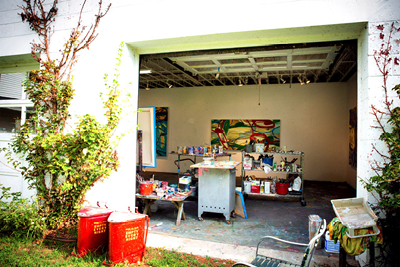
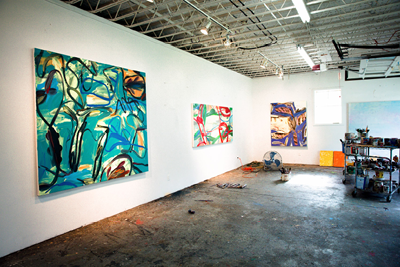
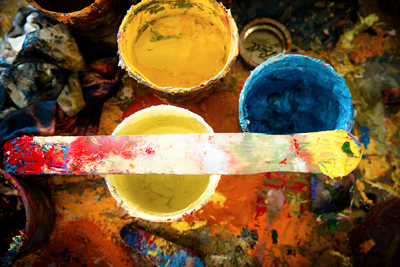
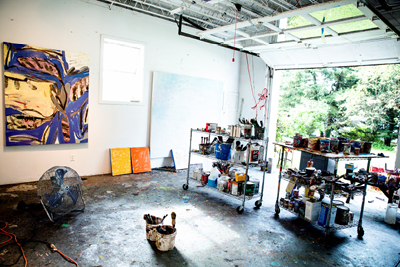
O’Donnell’s influences are myriad. Along with Japanese screen painting, he refers to his study of Kabuki, Taoism, Rudolf Steiner, Joseph Beuys, Greek mythology, graffiti, Russian Icons, Paul Klee, genomic structures, and aperiodic systems as key references. His pedagogy was particularly shaped by Bauhaus practices. The progressive German school on the 1930s was a laboratory of creative partnerships that encouraged interdisciplinary thinking. Teachers invited student contributions to the curriculum, and students advanced their professors’ philosophies. Like Bauhaus founders Walter Gropius and Mies Van der Rohe, O’Donnell encourages his students to seize opportunities revealed through collaborative invention, to enter the larger world with an expansive embrace of possibility. This entrepreneurial philosophy also informs O’Donnell’s own work.
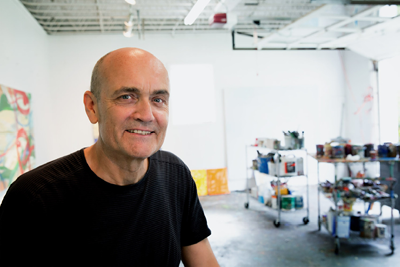
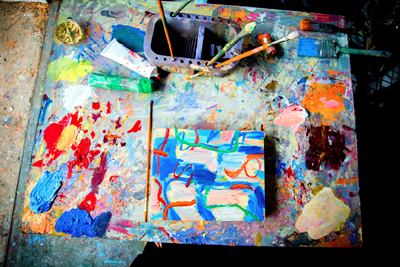
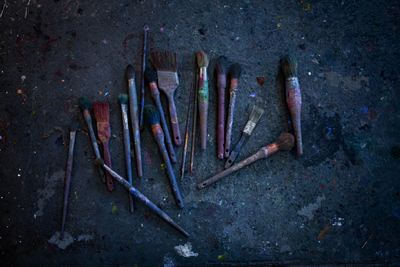
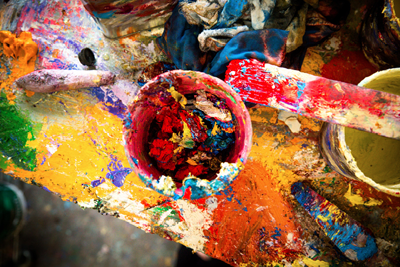
In 1980, O’Donnell was included in the groundbreaking Guggenheim Museum exhibition, “British Art Now”. In 1987, he moved to New York City, and after a prolonged visit to Connecticut he settled in Washington in 1991. Once, when swimming in Lake Waramaug, he experienced an epiphany. He realized with sudden clarity that our bodies are kinesthetic forms that evolve, expand, contract and decline. He understood that we embody nature as much as we observe it, that we are in a dynamic relationship with nature, and not limited by the binary, subject-object relationship on which much of art history depends.
Movement as a record of the body’s response to nature became an essential property of O’Donnell’s work. These ideas are the basis of his Body Echo project, a method of automatic drawing that manifests the invisible interactions of the body and the natural world, be it a confrontation with aged trees, or the act of breathing. The result is a powerful series of drawings that reveal Nature within ourselves. The Body Echo drawings are complemented by his Growing Things Workshop, an invitation to children and/or adults to perceive a traditional still life subject, such as a piece of fruit or a flower, in its phenomenological presence. On large format paper, students respond to the sensation of the subject, not just its appearance, using the entire body to express the subject’s fundamental design and structure. The highly charged charcoal drawings that result from the workshops are full of energy and graphic intensity.
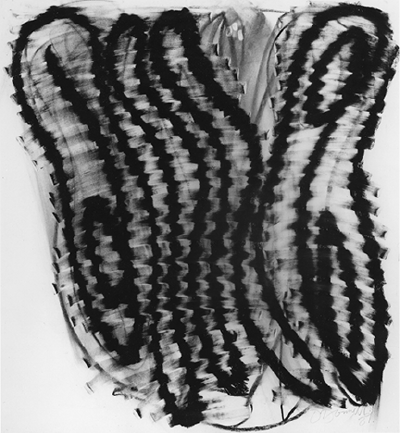
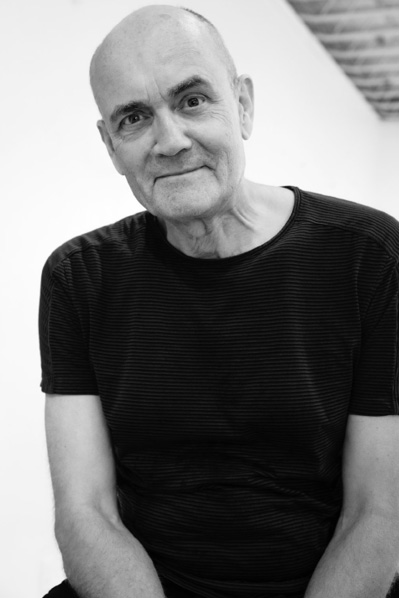
Currently on the walls of O’Donnell’s light-filled studio is a series of large, colorful, and boldly gestural paintings. Like the Japanese screen painters that first inspired him, O’Donnell says he has learned to be “confident in space”. He imposes his considerable height onto the canvas, creating fluid, muscular lines that define the layered ground. Working quickly and with the assurance of experience, O’Donnell paints directly onto the canvas, without preliminary sketches. The paintings function as separate statements and as a related group.
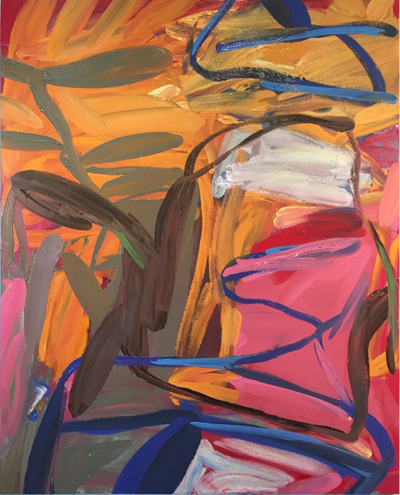
In recent years, O’Donnell has been commissioned to create public and site-specific installations using digital imagery for Apple, Inc., NYU Tisch Center, Army Research Laboratories in Maryland, Verizon Corporate Headquarters, Mohegan Sun Casino, and the NYU Vascular Center. These vibrant murals are sometimes more than ten feet high, wrapping around large communal spaces to create environments that suggest biological or astronomical content. Just as O’Donnell experienced himself as a responsive being when he swam in Lake Waramaug, the viewer experiences the virtual space as a participant in a projected world.
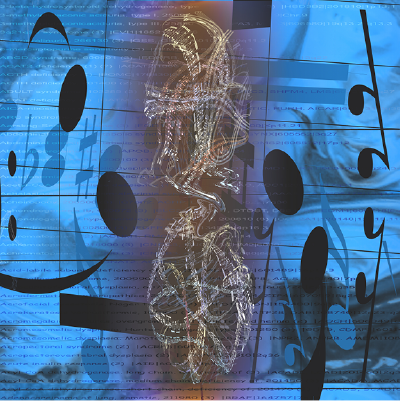
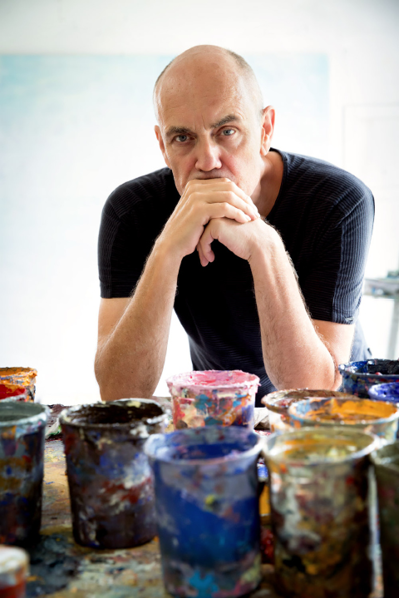
Whether using paint on canvas, charcoal on paper, or digital images in a virtual space, O’Donnell’s work is imbued with a sense of optimism and a joyful sense of discovery. His inquisitive nature and his love of teaching are evident in all of his work.
O’Donnell’s exhibition history includes the Metropolitan Museum of Art, the Museum of Modern Art, the Royal Academy in London, the Walker Art Center, the Museum of Contemporary Art in Tokyo, the Museum of Modern Art in Kyoto, the Hirshhorn Museum, the XLII Venice Biennale, and the Medellin Bienniale in Colombia. Many museums have acquired his paintings and drawings, including the Victoria and Albert Museum, the Tate Gallery, the National Gallery of Art in Washington DC, the Virginia Museum of Fine Arts, the Metropolitan Museum, the Museum of Modern Art, and the Guggenheim Museum.
For more information on Hugh O’Donnell, go to:
www.hughodonnell.com
